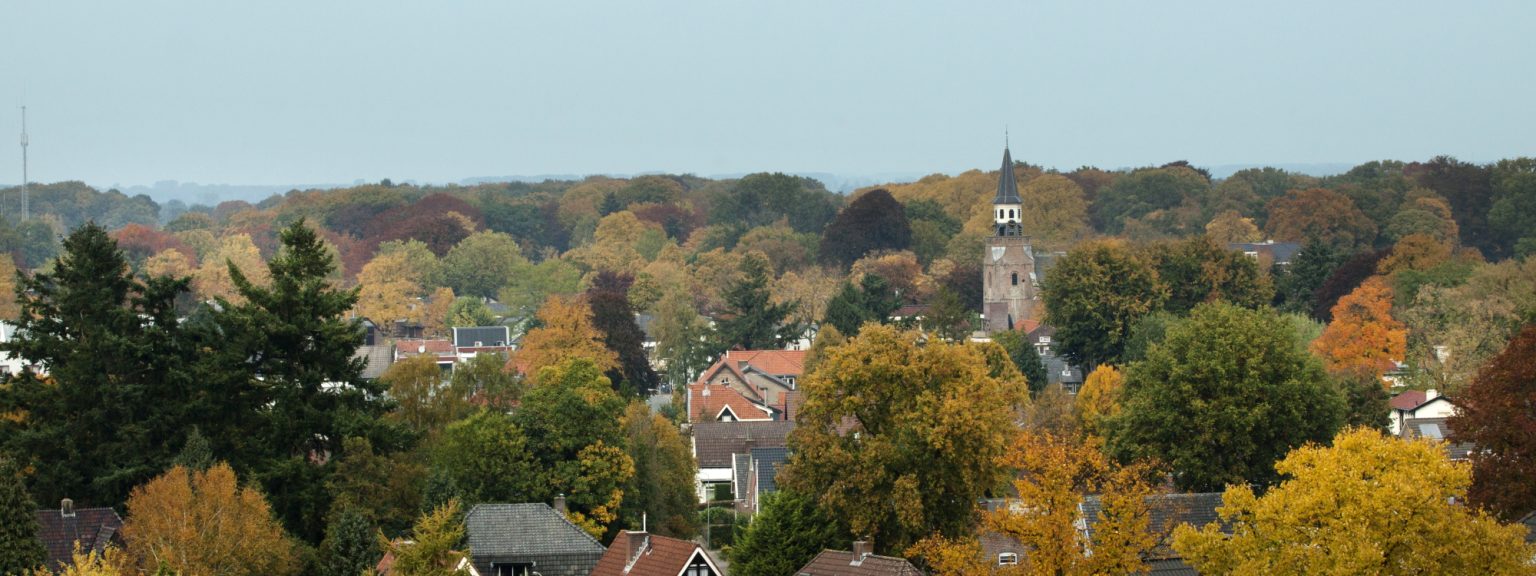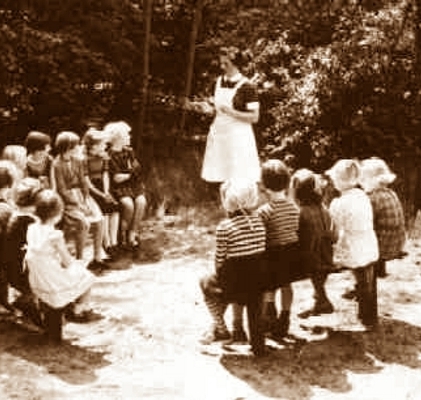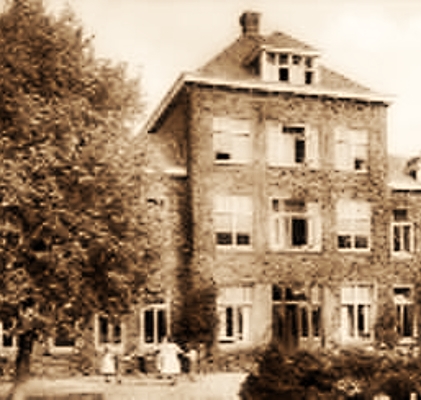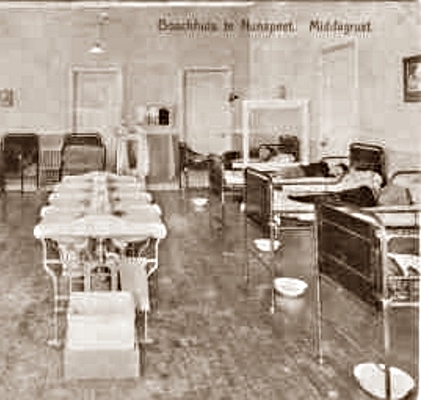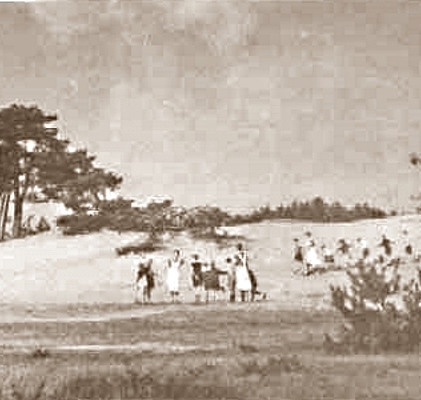Living in Nunspeet: from the past to today
The municipality of Nunspeet has traditionally been an agricultural community. Due to rising population numbers, the workforce in the region increased drastically. Falling wages and high unemployment were the result. Many people moved to the West or to Drenthe. Combating unemployment became increasingly important. A cotton factory and cotton dyeing plant were established in Nunspeet. Municipal afforestation projects helped the unemployed find work. The construction of roads and railways brought Nunspeet out of its isolation. The village centres became attractive to new residents, artists and tourists. Read more about the development of the municipality of Nunspeet?
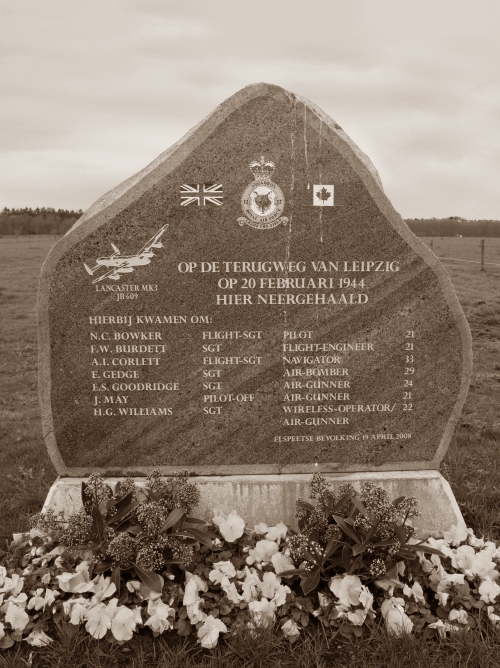
World War II and Remembrance
Nunspeet was liberated by the Canadians on 19 April 1945. On that day, there is traditionally a commemoration ceremony.
Do you want to know more about what happened during the Second World War? Read more here and discover all the monuments. Memorial columns have been placed on the seven ‘crash sites’ in the municipality. Plaques on the columns describe what happened at that location. Read more…?
The church is still the cornerstone here
In the municipality of Nunspeet, Elspeet in particular is known as a church village. In addition to places such as Staphorst and Urk, Elspeet is known as one of the strongholds of the so-called Bible Belt. This is a wide strip that runs from Zeeland to Overijssel. This area is home to a relatively large number of orthodox Reformed people. The churches are still very popular. During the holiday season, they are also frequented by like-minded people from other parts of the country. Read more…?
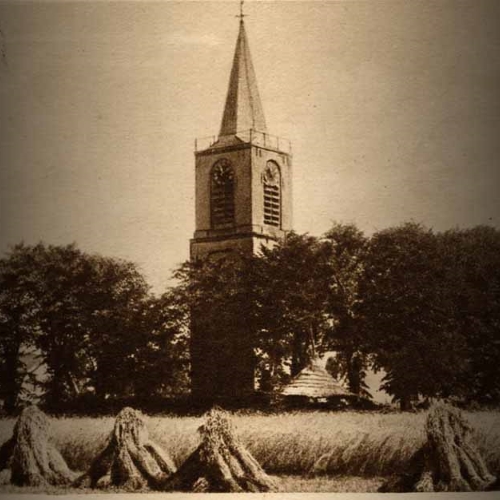
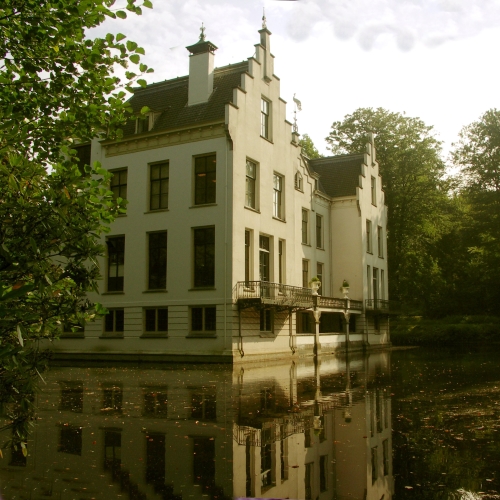
The history of the Municipality of Nunspeet
The municipality of Nunspeet has a fascinating administrative history. Nunspeet has been part of the municipality of Ermelo since before the year 1000. Would you like to know how Nunspeet, Elspeet, Hulshorst and Vierhouten became one municipality? Then read on about the bailiff, the squires, the Batavian Republic, the French period, the constitutional revisions and municipal reorganisations. Learn how in 1972, after a century and a half of tension, Ermelo was finally split off. This was remarkable. Because it was precisely in that period that municipalities were merged again.
Stories from the past
The rich history of the municipality of Nunspeet has led to many stories. Some stories are true. Other stories are more like legends, myths or rumours. But perhaps they contain a kernel of truth? Would you like to know more about: the legend of the Ronde Huis, the special and true story about the hiding camp “Verscholen Dorp” in Vierhouten, the legend of Eibertje, the centuries-old burial mounds and the stories surrounding the reception of pale-faced children? Then read on. Would you like to know more about the reception of many Belgian refugees during WWI? Then read on here!

